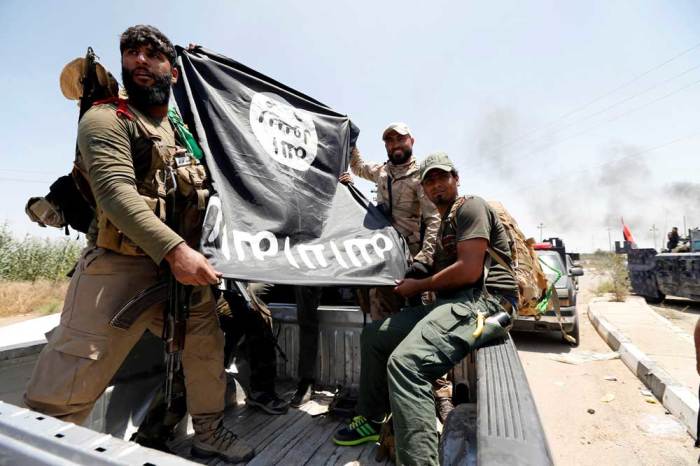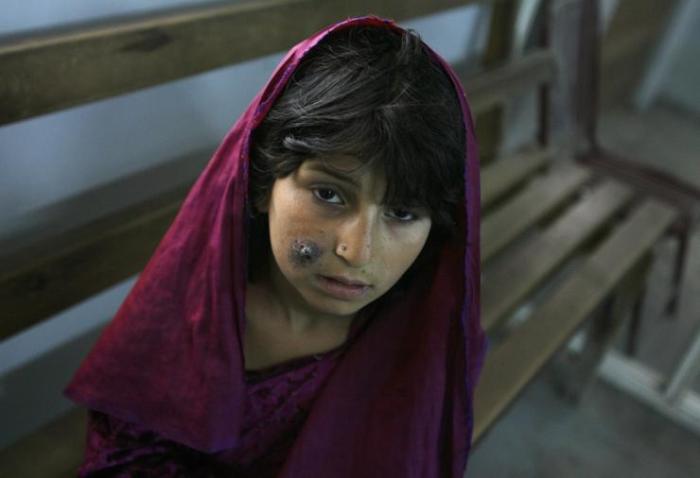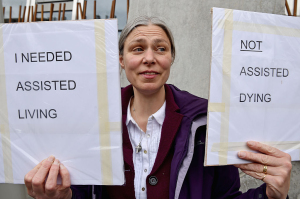ISIS Blamed for Outbreak of Gruesome Flesh-Eating Disease Among Refugees

A parasitic flesh-eating disease is reportedly breaking out throughout the Middle East, with the Islamic State terror group contributing to the problem with its death and destruction campaigns that create environments where disease can fester and spread.
Breitbart News reported that thousands of cases have been reported in Syria, Turkey, Lebanon, and Jordan, as nearly four million Syrian refugees flee their country's civil war and seek shelter in Europe.
The tropical disease, called Cutaneous leishmaniasis, is caused by bites from infected sand flies that live amid the squalid conditions created by IS (also known as ISIL or ISIS) destruction.
The disease creates open sores on the skin, which can leave large permanent scars and cause disfigurement and lead to heavy social stigma for survivors due to visible signs of the disease. If left untreated, it can also be fatal.
Earlier this week, MailOnline shared information from the Kurdish Red Crescent that the disease has also been spread by IS leaving rotting copses out on the streets. However, the validity of the information has been disputed by scientists at the School of Tropical Medicines.

Dr Waleed Al-Salem of the Liverpool School of Tropical Medicine explained:
"There are thousands of cases in the region but it is still underestimated because no one can count the exact number of people affected. When people are bitten by a sand fly – which are tiny and smaller than a mosquito – it can take anything between two to six months to have the infection."
He added: "So someone might have picked it up in Syria but then they may have fled into Lebanon or Turkey, or even into Europe as they seek refuge. Prior to the outbreak of war there was good control of diseases, parasites and sand flies but when the conflict started no one cared, conditions worsened and the health system broke down, which has created an ideal environment for disease outbreaks."
Peter Hotez, dean of the U.S. National School of Tropical Medicine, warned that another Ebola situation is at risk of developing unless the proper measures are taken to contain it.
"We need to ring fence them or risk another situation like Ebola out of the conflict zones in West Africa in 2014," Hotez said.
"We are only getting glimpses of the situation from refugees fleeing the conflict zones and going to camps in Jordan, Lebanon and Turkey."
The Wold Health Organization has listed Cutaneous leishmaniasis as one of 17 tropical diseases that have been neglected, and said that the proper way to fight the disease is through early detection and treatment. It has also called on conditions at refugee camps in the surrounding region to be improved, an said that there needs to be continued surveillance to monitor the outbreak.





























